
Best Fully Electric Hospital Beds For Home Use
Finding the best fully electric hospital beds for home use can be overwhelming when you're seeking comfort and care for yourself or a loved one. Electric hospital beds offer crucial benefits for those recovering from surgery, managing chronic conditions, or needing long-term care. This comprehensive guide breaks down the top options available in 2025, highlighting key features, pricing, and what makes each model stand out.
Key Takeaways
- Fully electric hospital beds offer complete control over height, head, and foot adjustments with minimal physical effort
- Key features to consider include weight capacity, adjustable height range, and special functions like Trendelenburg positions
- Top options include models from TransferMaster, Medacure, and ICare with varying capacities from 450-750 lbs
- Medicare coverage may be available when hospital beds are deemed medically necessary
- Advanced features like USB ports, memory positions, and emergency battery backup enhance comfort and safety
Top 3 Electric Hospital Beds for Home Use
 |
 |

|
|---|---|---|
| TransferMaster Supernal 5 | Medacure Full Electric 3-Function | ICare Electric Hospital Bed-IC333 |
| • Premium quality with 600 lb capacity • Wall-hugging design & USB ports |
• Affordable with 450 lb capacity • Smooth, quiet operation |
• Stylish design with 450 lb capacity • Easy assembly & premium features |
| See Product | See Product | See Product |
Key Benefits of Electric Hospital Beds for Home Care
What Makes a Hospital Bed "Fully Electric"?
A fully electric hospital bed features motorized controls for all adjustable components, typically including:
- Height adjustment (raising or lowering the entire bed frame)
- Head adjustment (elevating the upper body section)
- Foot adjustment (raising or lowering the lower leg and foot section)
Unlike semi-electric models that require manual cranking for height adjustments, fully electric beds allow users or caregivers to control all functions with the press of a button. This provides increased independence for users and reduces physical strain on caregivers.
For Patients:
- Enhanced Independence: Control position adjustments without assistance
- Improved Comfort: Find optimal positions for sleeping, reading, or watching TV
- Better Health Outcomes: Proper positioning can reduce pain, prevent pressure sores, and improve circulation
- Easier Transfers: Adjustable height makes getting in and out of bed safer
For Caregivers:
- Reduced Physical Strain: No manual cranking or lifting required
- More Efficient Care: Easily position patients for care tasks
- Decreased Injury Risk: Proper working height reduces back strain
- Simplified Bed Making: Raise bed to comfortable working height
3 Additional Recommended Models
Emerald Hospital Adjustable Bed Oasis 52200
Key Specifications
- Weight Capacity: 500 lbs
- Height Range: 13" to 23" floor-to-deck
- Dimensions: 35" width x 80" length (expandable to 88")
- Head/Foot Angles: 0-70° / 0-40°
Standout Features
- Trendelenburg and Reverse Trendelenburg positioning capabilities
- Reinforced frame design focused on stability and durability
- Intuitive hand control with large, clearly labeled buttons
- Quiet, smooth motor operation
Perfect For
- Users requiring advanced positioning options
- Those with medium to long-term usage needs
- Situations where durability is a primary concern
Costcare Full Electric Hospital Bed B135C
Key Specifications
- Weight Capacity: 450 lbs
- Height Range: 9.5" to 22" floor-to-deck (ultra-low minimum)
- Dimensions: 36" width x 80" length (standard)
- Head/Foot Angles: 0-60° / 0-30°
Standout Features
- Ultra-low 9.5" minimum height for fall prevention
- Built-in battery backup during power outages
- Reinforced corners and bumper guards to protect walls
- Five-year warranty on frame
Perfect For
- Users with high fall risk, including those with cognitive impairments
- Facilities implementing fall prevention protocols
- Budget-conscious buyers needing safety features
Night Rider HD/SHD Bariatric Bed
Key Specifications
- Weight Capacity: 600 lbs (HD model) or 750 lbs (SHD model)
- Height Range: 13" to 23" floor-to-deck
- Dimensions: 42"-54" width options x 80"-88" length options
- Head/Foot Angles: 0-70° / 0-40°
Standout Features
- Expandable width design for customization based on user size
- Reinforced frame with center support system to prevent sagging
- Heavy-duty motors designed for higher loads
- Programmable position memory settings
Perfect For
- Users weighing between 350-750 pounds
- Those needing extra width for comfort and positioning
- Long-term bariatric care with maximum durability needs
Essential Features to Consider When Buying
When selecting an electric hospital bed for home use, several key features should influence your decision:
1. Weight Capacity
Standard electric hospital beds typically support between 450-500 pounds. However, bariatric models like the Night Rider HD can accommodate up to 750 pounds. Always choose a bed with a weight capacity that comfortably exceeds the user's weight.
2. Bed Dimensions
While most hospital beds come in a standard 36" x 80" size (similar to a twin XL), many models offer width and length extensions. Consider:
- Width options: Standard (36"), Expanded (42"-48"), or Bariatric (54"+)
- Length extensions: Some beds can extend to 84" or 88" for taller individuals
3. Height Range
The minimum and maximum height adjustment range is crucial for:
- Transfer safety: Lower minimum heights (9"-13") make independent transfers safer
- Caregiver comfort: Higher maximum heights (23"-30") reduce strain during care
4. Special Positioning
Advanced positioning options can be medically beneficial:
- Trendelenburg position: Head lowered, feet elevated (for specific medical situations)
- Reverse Trendelenburg: Head elevated, feet lowered (aids circulation and respiration)
- Cardiac chair position: Upright seated position for respiratory or cardiac conditions
5. Control Systems
Different control options suit different users:
- Hand pendants: Basic up/down buttons for essential functions
- Programmable controls: Save and recall favorite positions
- Backlit buttons: Easier to use at night
- Lockout features: Prevent accidental adjustments
Medical Benefits of Proper Positioning
Electric hospital beds provide significant medical benefits through precise positioning:
Respiratory Conditions
- Elevated head positioning (30-45°) improves breathing mechanics for COPD patients
- Adjustable angles help optimize airway positioning for sleep apnea
- Frequent position changes prevent fluid accumulation in the lungs
Cardiovascular Conditions
- Cardiac chair position reduces cardiac workload and improves oxygenation
- Leg elevation helps with peripheral edema and fluid drainage
- Regular position changes promote better circulation
Pain Management
- Finding the "zero gravity" position can reduce spinal pressure
- Adjustable positioning can significantly reduce pain scores for certain conditions
- Customized positions distribute weight evenly to minimize pressure points
Fall Prevention
- Ultra-low bed heights (9-13") minimize injury risk during bed exits
- Proper positioning reduces the need for risky nighttime movements
- Stable edges provide support during transitions
Medicare Coverage and Insurance
Many people are unaware that Medicare may cover the cost of an electric hospital bed when it's deemed medically necessary. To qualify:
- The bed must be prescribed by a doctor for a specific medical condition
- The condition must necessitate positioning that's not possible with a regular bed
- Documentation must establish the medical necessity
Medicare Part B typically covers 80% of the approved amount after the yearly deductible is met. Supplemental insurance may cover the remaining 20%. Always verify coverage with your insurance provider before purchasing.
Essential Accessories for Hospital Beds
A hospital bed benefits from several key accessories:
Mattresses
Most beds don't include a mattress, so you'll need to purchase one separately. Options include:
- Foam mattresses: Most affordable, provide basic comfort
- Memory foam mattresses: Better pressure distribution
- Alternating pressure mattresses: Advanced prevention for pressure injuries
- Low air loss mattresses: For users at high risk of skin breakdown
Rails
Consider safety and transfer needs when selecting rails:
- Full-length rails: Maximum safety but restrict independence
- Half-rails: Balance safety with access
- Quarter rails: Minimal assistance with minimal restriction
- Transfer rails: Aid getting in/out of bed
Overbed Tables
These provide a surface for meals, activities, and personal items:
- C-shaped base: Slides under bed for close access
- H-shaped base: More stable but less adjustable
- Split-top models: One side stationary, one side tilts for reading
Comparing Electric vs. Semi-Electric vs. Manual Hospital Beds
| Feature | Fully Electric | Semi-Electric | Manual |
|---|---|---|---|
| Head/Foot Adjustment | Electric motor | Electric motor | Manual crank |
| Height Adjustment | Electric motor | Manual crank | Manual crank |
| User Independence | Highest | Medium | Lowest |
| Caregiver Strain | Lowest | Medium | Highest |
| Power Outage Operation | Requires battery backup | Partial manual operation | Fully operational |
| Typical Price Range | $1,100-$3,500+ | $800-$1,800 | $500-$1,000 |
| Best For | Long-term use, limited caregiver assistance | Balance of cost and convenience | Temporary use, budget concerns |
Safety Considerations for Hospital Beds
Hospital beds are medical devices that require proper setup and usage:
Proper Placement
- Place bed where all sides are accessible for care
- Ensure sufficient clearance for full height extension
- Keep cords organized and away from traffic paths
Entrapment Prevention
- Follow proper sizing guidelines for mattresses and rails
- Check for and eliminate gaps that could trap limbs or body parts
- Consider rail alternatives for confused patients
Fall Prevention
- Use lowest height when patient is unattended
- Consider perimeter-defined mattresses that provide edge awareness
- Install bed exit alarms for at-risk users
Installation and Delivery Options
When purchasing an electric hospital bed, consider logistics:
Standard Delivery
Typically includes:
- Delivery to your doorstep or garage
- Customer handles setup and installation
- Less expensive but requires assembly skills
White Glove Delivery
Usually includes:
- Delivery to the room of your choice
- Complete setup and installation
- Removal of packaging materials
- Brief demonstration of features
- Higher cost but no assembly required
Most reputable suppliers offer both options, with white glove service typically adding $200-$400 to the purchase price.
Making the Final Decision
When selecting from among the best fully electric hospital beds for home use, consider these final tips:
- Prioritize needs over wants: Focus on features that address specific medical requirements first
- Consider the long-term: A slightly higher investment often means better durability and features
- Read the warranty carefully: Coverage varies widely between manufacturers
- Check return policies: Ensure there's a way to address issues if the bed doesn't meet expectations
- Get professional input: Consult with healthcare providers about specific features that would benefit the user's condition
The right electric hospital bed can dramatically improve quality of life, enhance independence, and reduce caregiver strain. By carefully evaluating the options presented in this guide, you can find the perfect balance of features, quality, and price to meet your specific needs among the best fully electric hospital beds for home use.





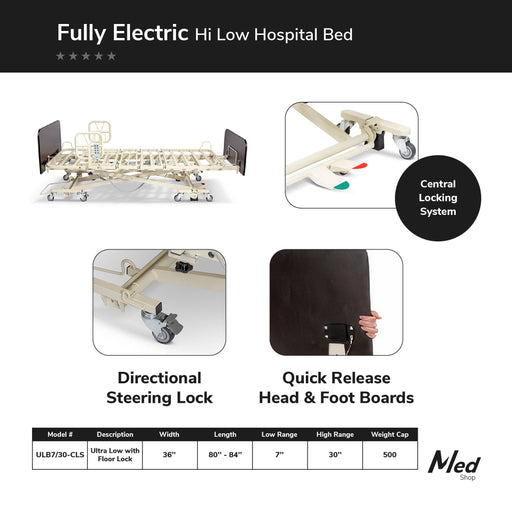
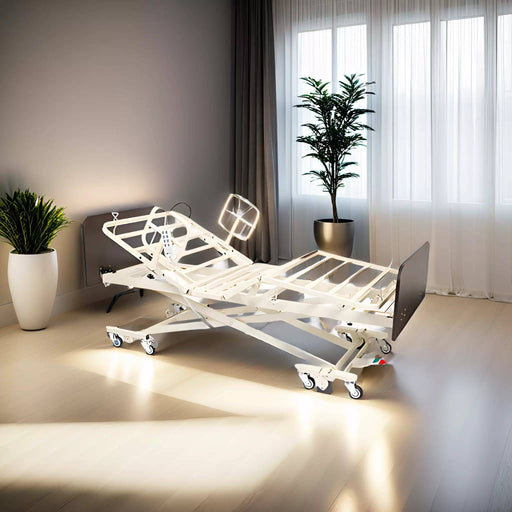


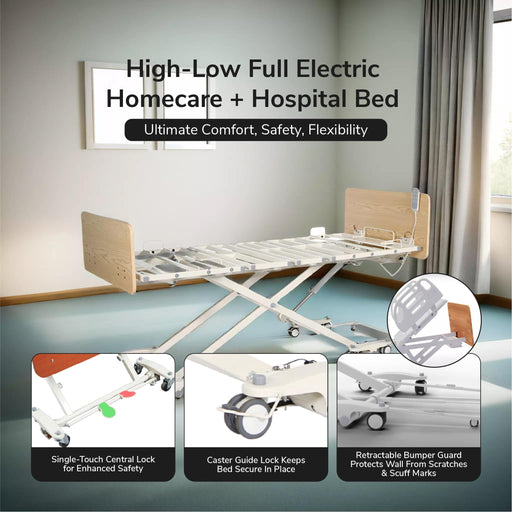
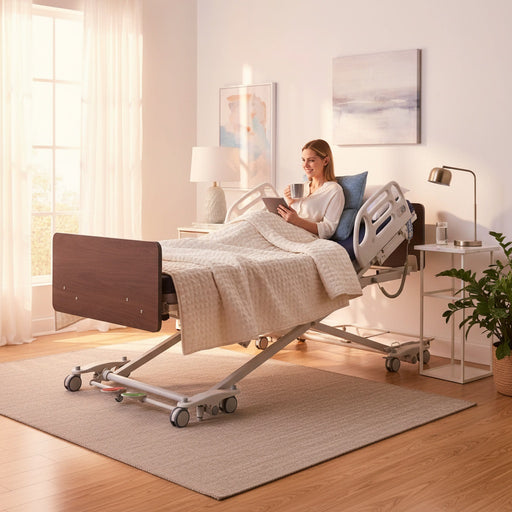
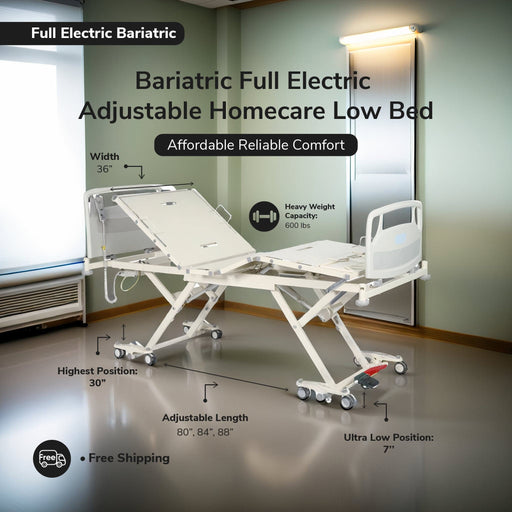
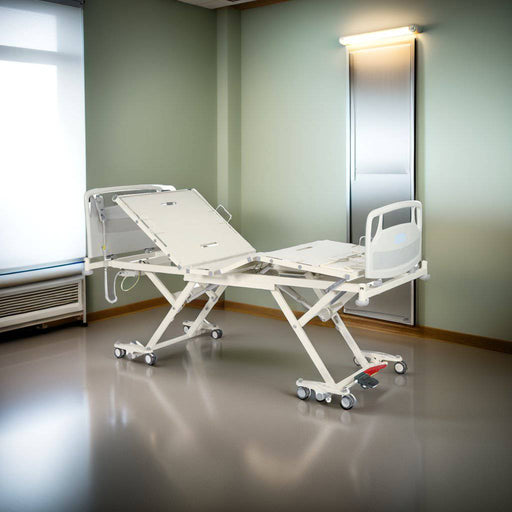
Leave a comment